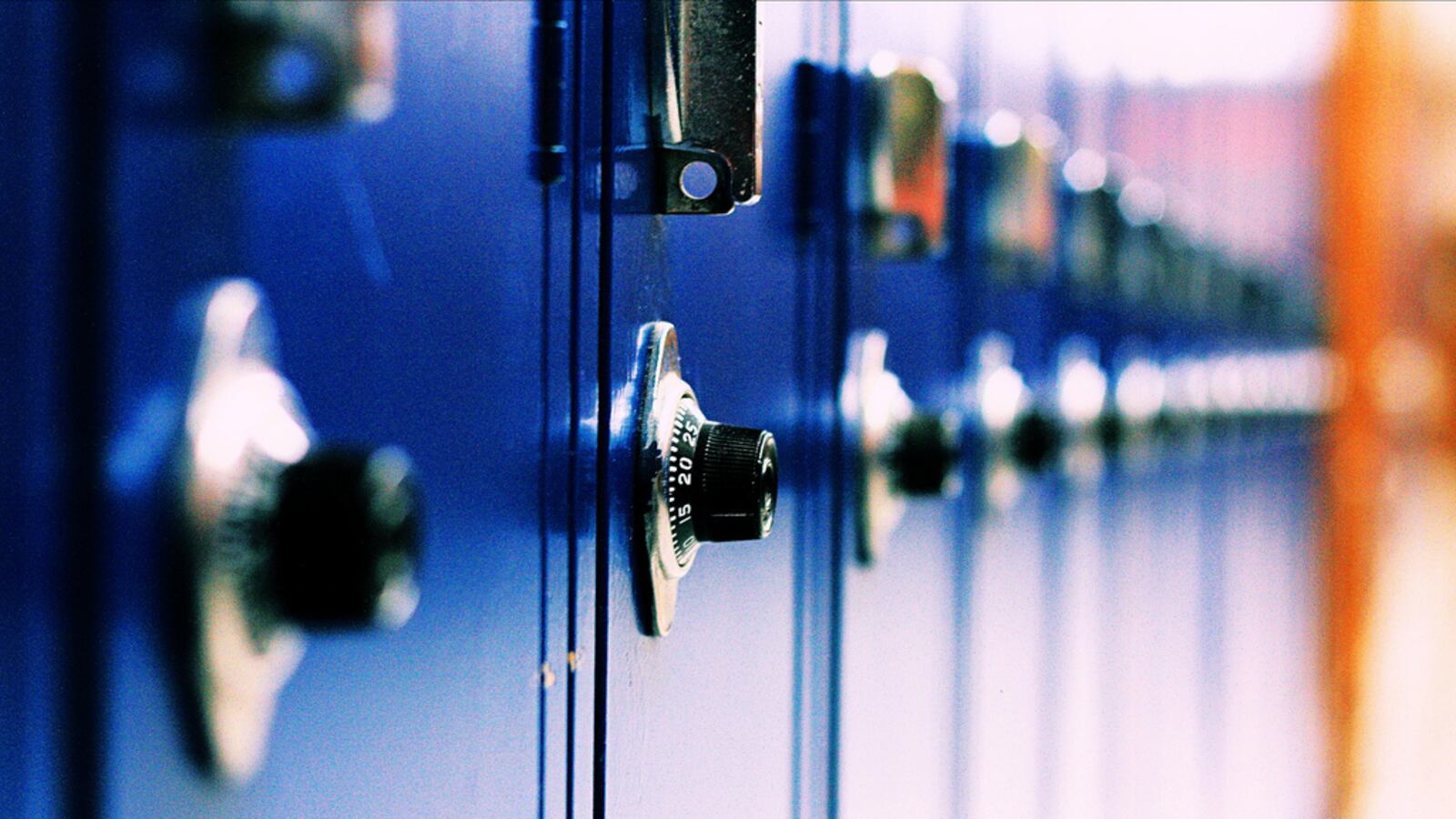Friday will bring shouts of happiness and sadness across Chicago — including in my house.
Not because of the results of the NCAA Men’s Sweet 16 game. Instead, it is a game of higher stakes for Chicago’s families: the release of the lottery results for the school district’s selective high schools.
Related: On anxious day, slightly more Chicago students will get their first choice of high schools
The process is based on two sets of standardized tests and a student’s grades in seventh grade. Students are ranked on a scale of zero to 900, then ranked and sorted based on the schools they’ve applied to. But it’s way more complicated than that: For a detailed description, you can go here.
As a sociologist and a parent going through the overwhelming process, here are my three biggest takeaways:
First, it is a long and stressful road. My seventh-grade daughter and her friends experienced an emotional rollercoaster. I saw a seventh-grader cry because she had a single B on her report card. That pales in comparison to the stress of the NWEA testing, Chicago’s annual standardized test.
Second, for students, the process induces sleepless nights and constant comparisons to classmates. If this sounds like the college process, it pretty much is. Imagine doing it at age 13, at your most volatile emotional and psychological self.
Third, and perhaps most significant, the process offers a front-row seat to the deep inequality across the city’s schools. It is one thing to read about inequality among the different kinds of schools (neighborhood, choice and selective enrollment) in the same neighborhoods. It was quite another to see it for myself.
How can Lane Tech College Prep High School’s aquaponics lab or seven computer/robotics labs not blow you away? How can you enter Walter Payton College Preparatory High School and not be amazed?
I asked the parental fundraising organization at one selective enrollment high school about the “ask” for each family annually. “No ask” was the reply. Why? Because they had raised almost $900,000 the previous year, likely through fundraisers, and expected to do so again.
The fact is selective enrollment school students come from wealthier families that can afford test prep and tutoring. It is a numbers game. More than 27,000 students competed last year for fewer than 4,000 freshman seats in selective enrollment schools.
Is Chicago Public Schools making the competition worse? Students with NWEA scores in the 24th percentile can sit for the selective enrollment exam. Even with perfect grades, a student would need to score in at least the 75th percentile to have a shot.
Perhaps this is the district’s attempt to diversify the testing pool, since the bottom of the NWEA score distribution is disproportionately African-American and Latino. Their focus is off: instead of encouraging more students of color to take the test, they should be improving the educational opportunities for these students.
The demographics of the schools bear this out. The four most competitive selective enrollment high schools — Jones College Prep, Northside College Preparatory, Whitney Young Magnet, and Payton — together are 35% white, 22% Latino, 18% African American and 17% Asian.
In comparison, the district is 11% white, 47% Latino, 37% African American and 4% Asian. Rather than decreasing the inequality, selective enrollment makes it worse.
What solutions are possible? Making the admissions process more holistic, similar to admissions at selective colleges and universities would be a good start.
Ultimately, the best way I can see to fix this problem is as pie in the sky as it gets — ensure that funding and staffing for neighborhood schools is equal to that of their selective enrollment school brethren.
As my daughter learns on Friday where she’ll go to high school, there will be joy or frustration or a bit of both. Nevertheless, the process will be over — until my second daughter starts seventh grade in the fall. Then the whole painful cycle starts over again.
Simón Weffer-Elizondo is the parent of four Chicago Public Schools students from kindergarten to eighth grade and a professor of sociology and Latino studies at Northern Illinois University who specializes in race and inequality.
About our First Person series:
First Person is where Chalkbeat features personal essays by educators, students, parents, and others trying to improve public education. Read our submission guidelines here.

